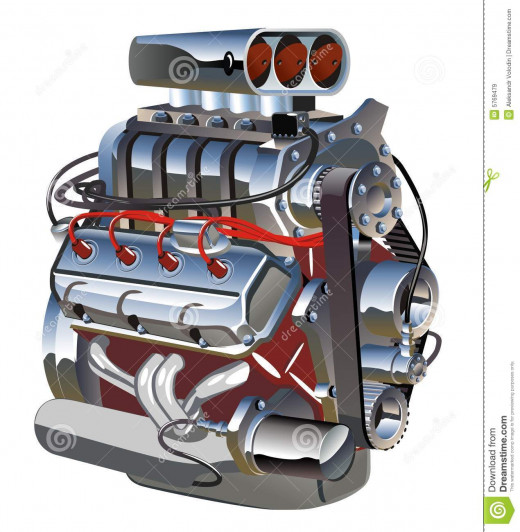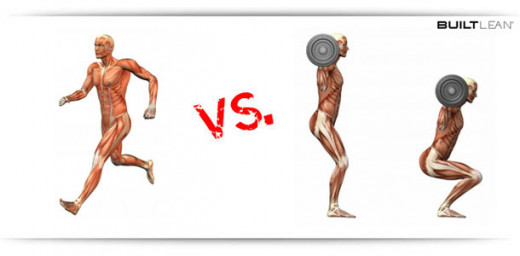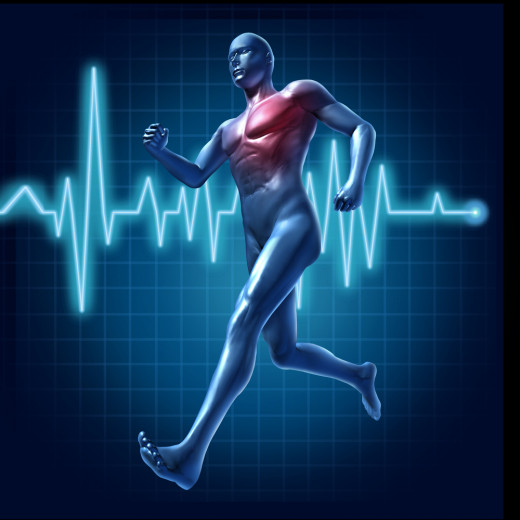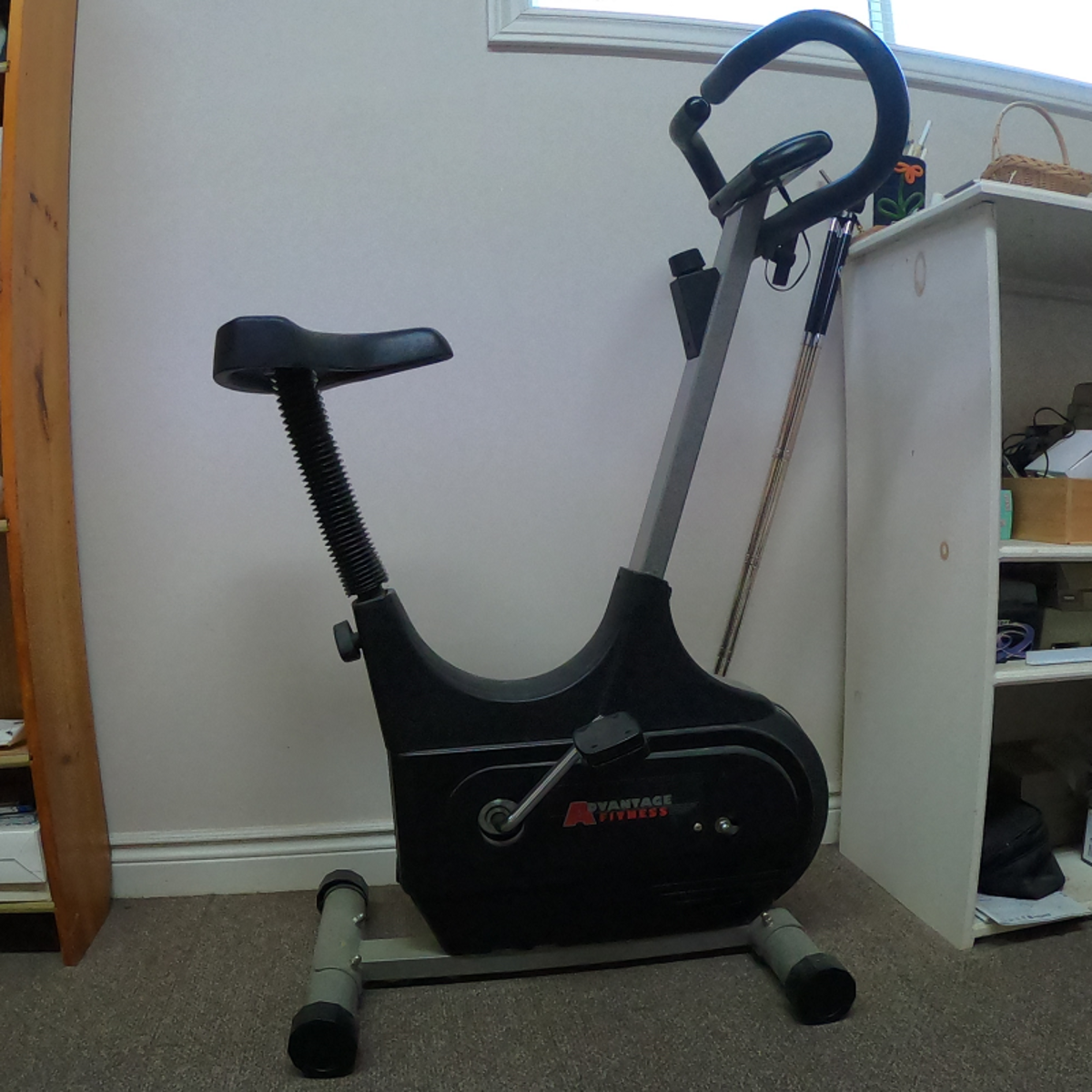Activating Your Engine

When you go to your health club do you notice the same people doing the same exercises? Do they look the same as they did 6 months ago? If you ask the majority of these "regulars" if they are frustrated with their results you will more than likely get the majority "yes"replies. So why do these "regulars" seem to just maintain their physiques? The answer is very simple; Besides eating healthy, there are 3 things people need to do to maximize their results with exercise.
- Work out Smart
- Challenge themselves
- Enjoy their exercise
Most people are creatures of habit and resist change. They find a routine, stick to it and never push themselves beyond that. What most people don't understand is that their body quickly adapts to that routine. You need to shake it up to see any progress. This is the reason people need to work out smarter and learn how to mix up their exercise. Challenge themselves while they are working out. Most people struggle to progress because they are just going through the motions with their workouts, never diversifying or challenging themselves. The Monotony of the same thing every day takes the fun out of it, and when it's not fun, frustration and boredom sets in and exercise burnout follows right behind. Most people just don't know enough about exercise to sift through the "hype" of all the advertisements on the next amazing piece of equipment or some new training method that will give you the body you always dreamed of.
It's time to learn the truth about exercise, solidify your exercise plan and activate your engine.
Do you have an exercise program?
Ask yourself these questions:
The key with exercise is to activate the majority of the body's muscle fibers (your engine). Since fat is burned up in your muscle, the more muscle you activate during exercise, the more fat you burn. (As long as your blood sugar is stable) If your goal is to increase muscle mass, by performing movements that activate the majority of your muscle fiber you will build the maximum amount of muscle. These 3 questions will forever be your test to verify whether you are optimizing your workouts.
Working out Smarter
Working out smarter just means exercising in a correct and efficient manner. In my series of articles I have talked about optimizing each system in your body. To optimize the main systems in your body (your muscular, cardiovascular, respiratory, endocrine, nervous, and digestive systems) that are positively impacted through exercise, you must first understand the different categories of exercise and their purpose.
There are two categories of exercise
- Cardiovascular exercise
- Strength training
Both of these categories have core principles (like your nutrition has core principles), once you understand and implement them you will immediately be working out smarter, as well, your options will be limitless for different exercises within each category (similar to limitless food options discussed in this article)

Important Note:
I would like to introduce you to the MOST effective injury prevention technique... STRETCHING. A key to help you stay injury free is by increasing your flexibility by stretching. Ideally you should do a full body stretch 5 days a week between 10 - 20 min each time. If you are new to stretching I would recommend taking a yoga class or stretching class or get a video from your local library. Stretching consistently each week will keep your body flexible and prepared for all activity.

Cardo Exercise
Cardio exercise is the exercise that burns the most body fat. Cardio is short for cardiovascular and is defined as any movement that increases your heart rate and improves your overall cardiovascular system. (Oxygen uptake and blood flow) Cardio is the most commonly performed exercise and the least optimized. Most people don't take the time each day for cardio and they are usually performing at a low efficiency rate. Performing inefficient cardio is one of the main reasons people do not progress when they work out. Results are obtained by working out smarter, not just putting in time. Performing cardio correctly doesn't require more time it just allows you to use that time to become better. Cardio can be broken down into five core parts.
- Implement 2 types of cardio
- Cardio selection affects how much fat you burn
- Cardio intensity and duration matter
- Your oxygen line (heart rate) determines everything
- Cardio technique is extremely important
Two types of Cardio
There are two types of skeletal muscle : red and white. On average most of us have 50% of both red and white muscle. Red is called red because it's full of blood vessels. This is the muscle we use when oxygen in present (meaning we are not out of breath) White muscle is exactly that; white. White muscle is not designed to use for long activity. It is the muscle you use to dodge or sprint, designed for explosive movement. Your red muscle is designed for slow paced movement. A great example is comparing a marathon runner to a sprinter. A marathon runner would have more red muscle fiber for slow steady running whereas the sprinter would have more white muscle fiber to exert over short distances.
If you are doing exercise that recruits only one type of muscle and not the other you are only activating 50 percent of your muscle to burn fat! That means 50 percent of your muscle is not being utilized. This is the reason people hit plateaus they can't break through.
Working your Red and White Muscle
How do you determine which muscle you are using?
There is one factor that determines which muscle fiber you are recruiting: the availability of oxygen. If you have a steady flow of oxygen (not gasping for breath) you are using your red muscle. If you are out of breath then you are primarily using your white muscle. There are 2 types of cardio that specifically work your red and white muscles.
- Fat burning cardio also called aerobic (meaning oxygen is present)
- High intensity cardio also called interval training (anaerobic - without oxygen)
Another way to know which type of muscle you are using is when you experience a burning sensation in your muscle. That burning sensation is caused by not getting enough oxygen to your muscle. Lactic acid is the reason for this feeling. It is created by your body at times of insufficient oxygen levels and it is how your body can temporarily continue providing energy to your muscles so they can keep working. If you do not encounter a burning sensation or reach total exhaustion, you are working your red muscle.
*If you have not performed cardio for a while you may reach total exhaustion and not feel an unbearable burning sensation, this is just because your are out of shape. With exercise your conditioning system will eventually improve and allow your body to efficiently deliver oxygen and blood to the working muscles. Whether you reach exhaustion by reaching your lactic acid threshold or by a fatigued and out of shape cardiovascular system, when you are out of breath you are working your white muscle.
NOTE:
If your goal is to gain weight you will not be performing high intensity cardio in your exercise plan. The high intensity level of cardio works against gaining weight because it triggers your body to shed excess weight due to the intervals of high heart rates. You should only perform fat burning cardio exercises.
Fat Burning - Walking, hiking, jogging, stair climbing, cycling, jump rope, swimming, rowing, using an elliptical trainer. (each of these movements are fat burning as long as a steady supply of oxygen is available)
High Intensity - Sprinting, spinning, running up stairs, any of the movements listed above under fat burning buy performed with bursts of speed. (as long as each has a 60 second moment of explosion. Meaning you need to exercise when you are out of breath (completely winded) for 60 seconds, followed by a recovery period of 1 to 2 minutes when you catch your breath. Then you repeat.)







